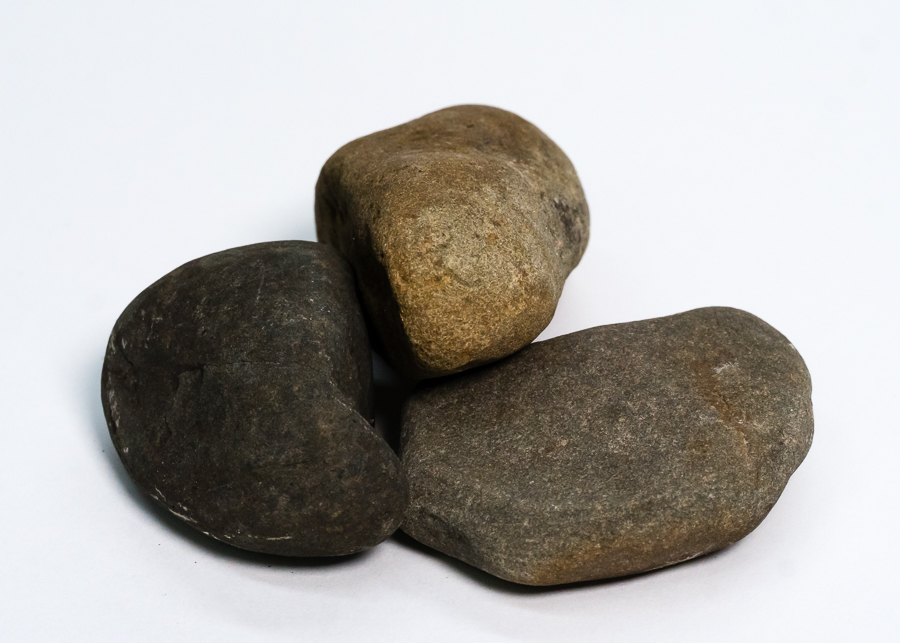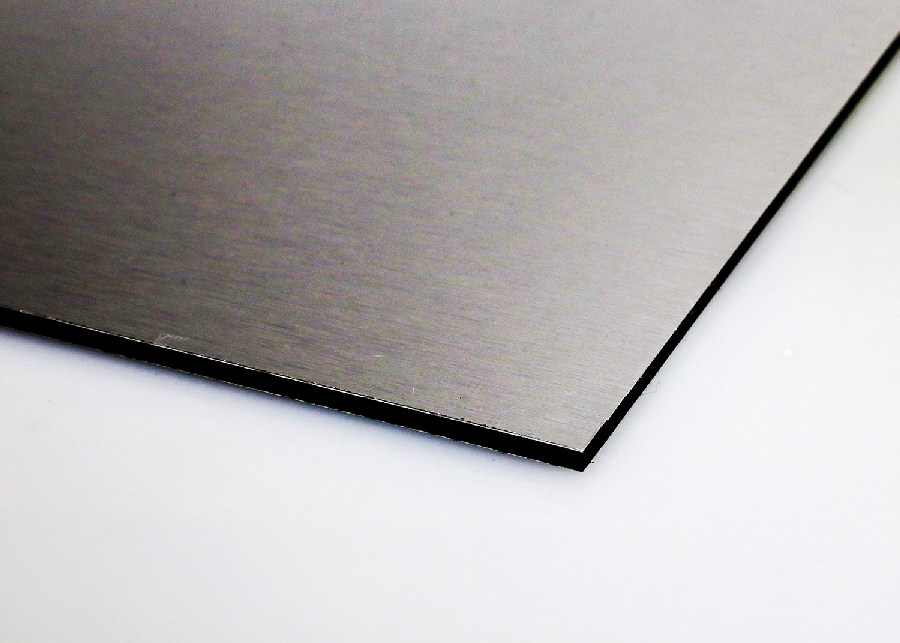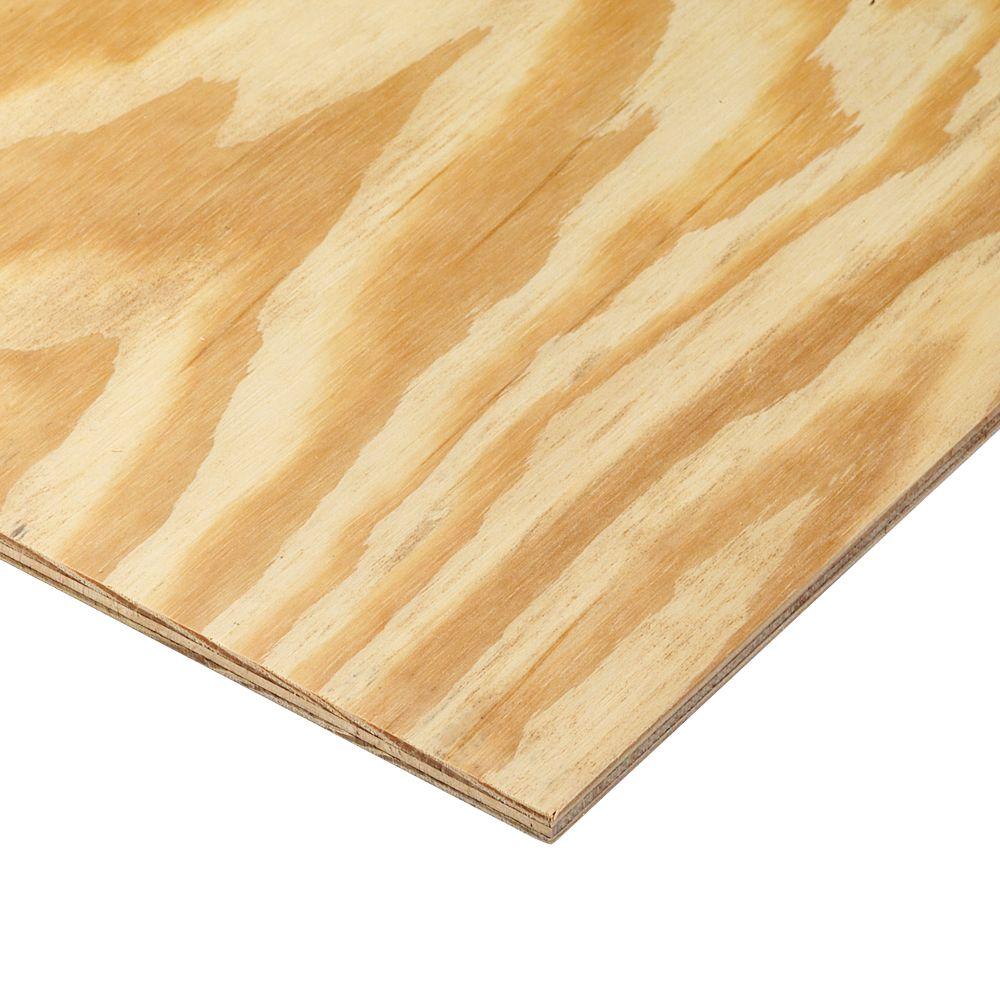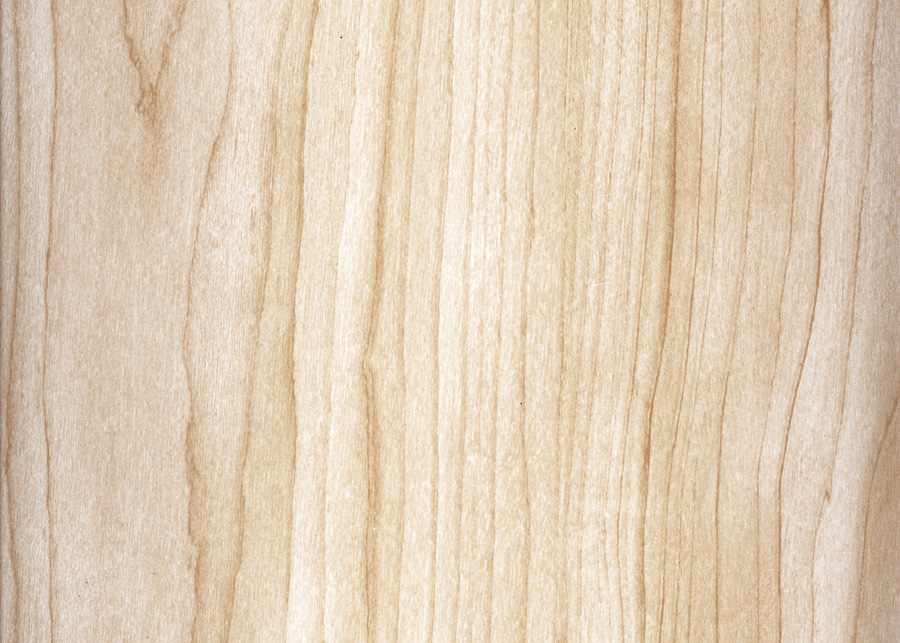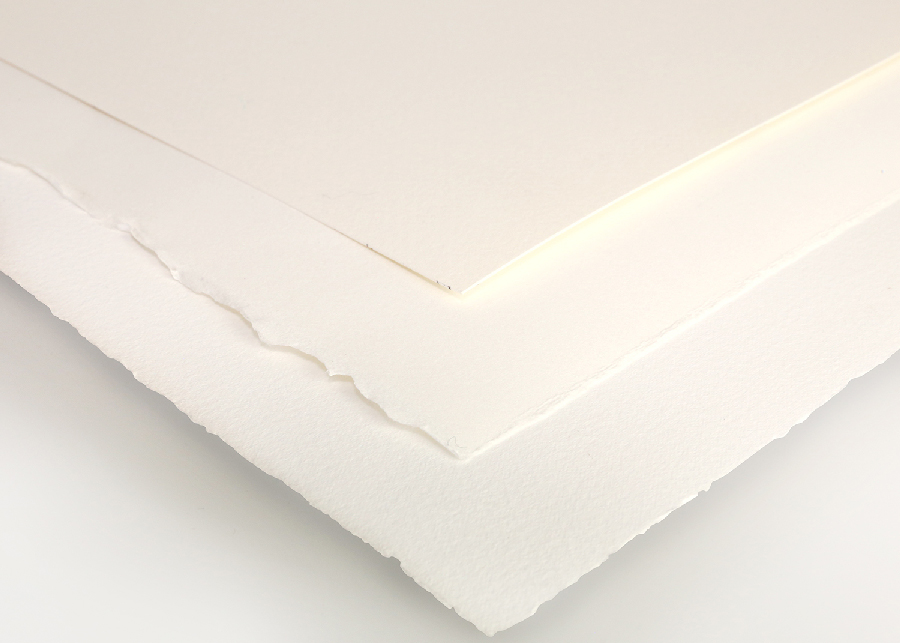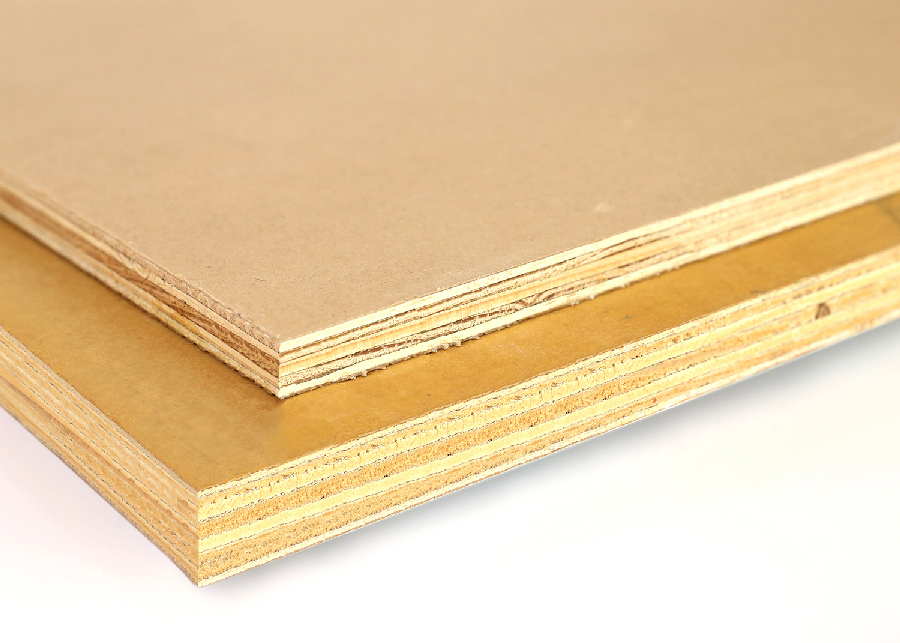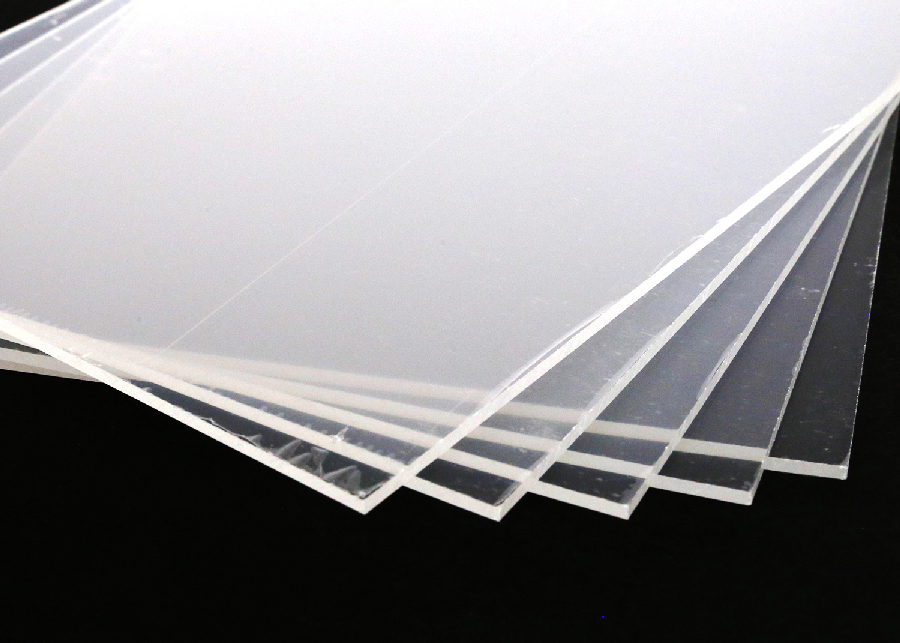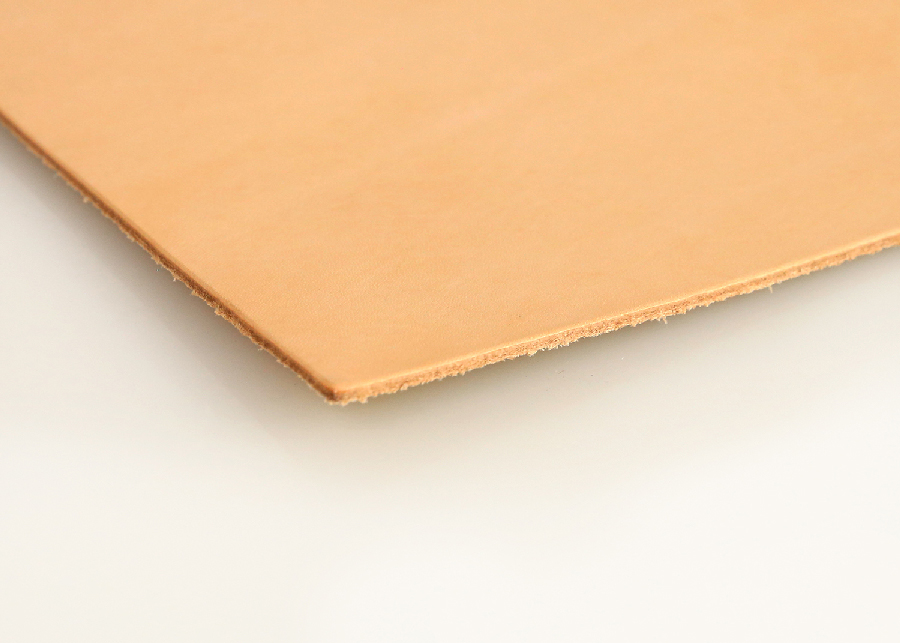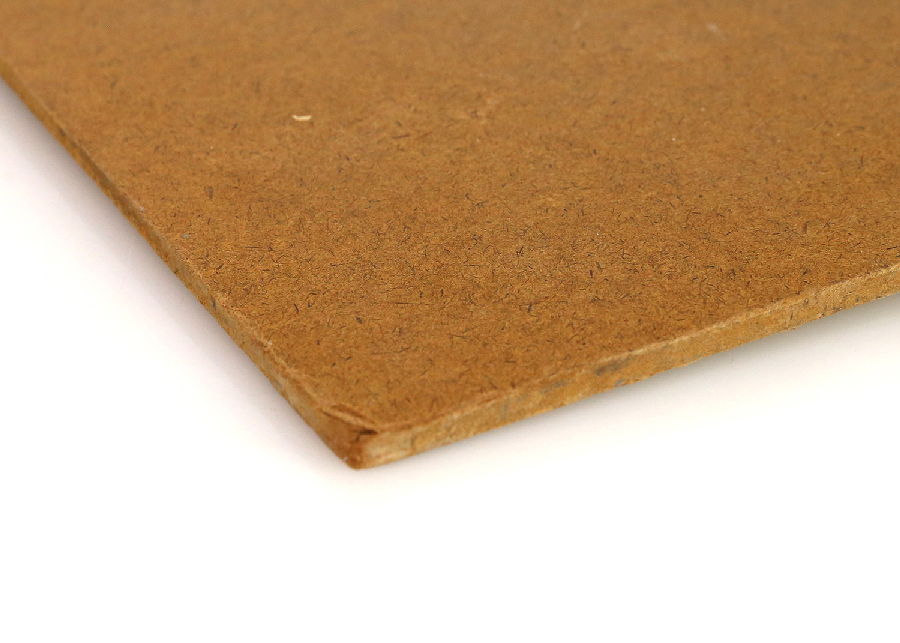Unpolished Stone Natural Stone is available in many forms and finishes, with porous ones providing the best adhesion. Before using, always make sure the stone is thoroughly cleaned. It is generally fine to draw or paint directly on clean stones with acrylics, oils, and watercolors. If less absorbency is desired, apply a commercial masonry primer … Weiterlesen
Home>Just Paint Experience> Substrate Index > Painting on Unpolished Stone
Archive | Just Paint Experience
Raw Aluminum Often found in hardware and building supply stores. Comes in a wide range of types and thicknesses, and may have surface treatments. See Painting on Metal: An Introduction for more detail. At minimum, scuff the surface, degrease with isopropyl alcohol, then use a commercial DTM (Direct to Metal) or Bonding Primer suitable for … Weiterlesen
Aluminum Composite Material (Dibond®, E Panel®, Alucobond®, AlumaComp®, etc.) Aluminum composite material (ACM), popular in the sign painting industry, is comprised of two prepared sheets of aluminum with a solid polyethylene core. It comes in different finishes, with a polyester-based white or clear coating being the most common. Before priming, lightly sand or abrade and degrease … Weiterlesen
Plywood (Common) Qualities of plywood vary greatly. If applying water media on thin plywood. Cradling or bracing is recommended to avoid warping. Although you can draw or paint directly on the plywood panel with oils, watercolors, or dry drawing media, we recommend a barrier for most applications. When painting with any acrylic paint, medium, gesso, … Weiterlesen
Unfinished Artist Panel (Maple, Birch, or similar) These products are typically found in art supply stores and are generally a good option; kiln dried, relatively stable, and engineered for this purpose. Acrylics, Oils, Watercolors & Drawing: You can draw or paint directly on wood panel. When painting with any acrylic paint, medium, or ground, 2 or more … Weiterlesen
Watercolor paper varies widely depending. Follow the recommendations for media by the manufacturer. In general, thicker ones are less prone to buckling with water media. For best results, use the media as recommended by the paper manufacturer and test. When working on watercolor paper with acrylics, watercolors, and dry drawing media, a barrier is not … Weiterlesen
Medium Density Overlay, MDO Found in hardware stores, this sign painter’s material provides proven stability. Although you can draw or paint directly on the MDO panel with oils, watercolors, or dry drawing media, we recommend a barrier for most applications. When painting with any acrylic paint, medium, gesso, or ground, we recommend applying 2 or … Weiterlesen
Acrylic Sheeting Poly(methyl methacrylate) (PMMA), known by the trade names Crylux, Plexiglas, Acrylite, Lucite, and Perspex is among several transparent thermoplastics often used in sheet form as a shatter-resistant alternative to glass. PMMA is an excellent choice for acrylic painting. No size or ground is needed. Prepare by cleaning with mild soap and water. Light … Weiterlesen
Leather Leathers and finishes vary greatly. So, testing an area or similar materials before beginning is highly recommended. Bend and stretch the test mimicking normal wear. If cracking appears in testing, then follow the instructions for adding GAC 900 to acrylics for softness as recommended in the article linked below. Remove any previously applied coatings. … Weiterlesen
Hardboard: Wood pulp fibers and binders are formed under extreme pressure and heat. These products can be susceptible to moisture. Although you can draw or paint directly on the hardboard panel with oils and dry drawing media, we recommend a barrier for most applications. When painting with any acrylic paint, medium, gesso, or ground, we … Weiterlesen

